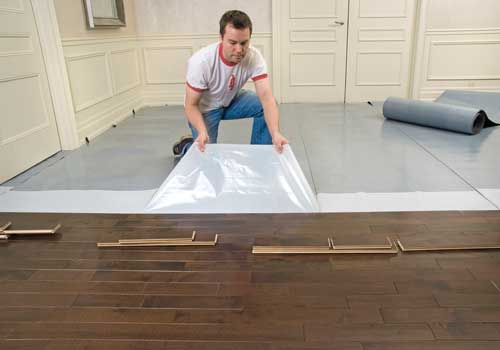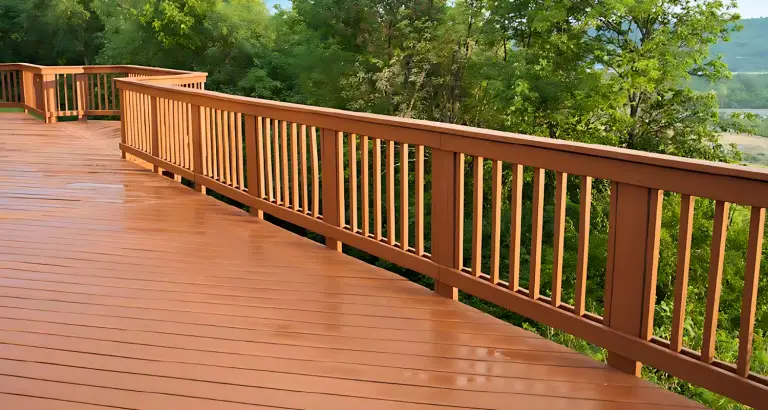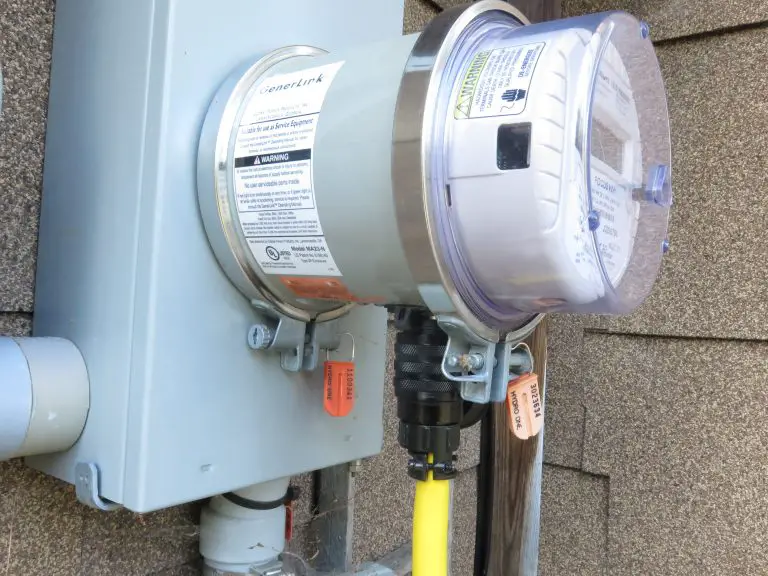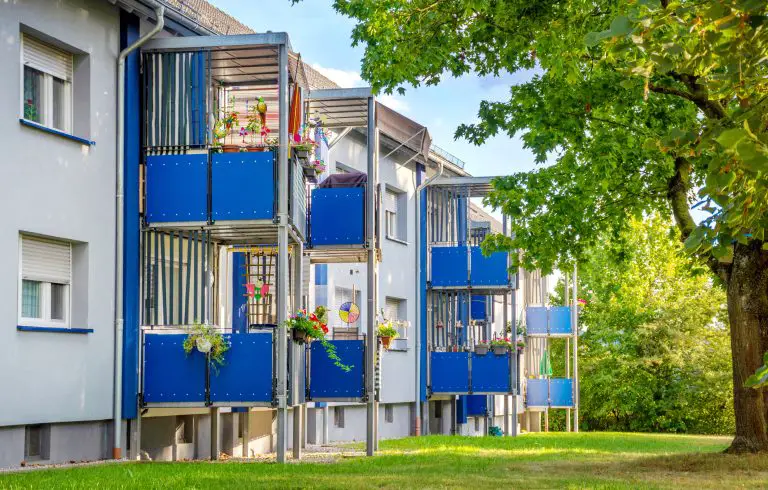Construction options for bringing classic food storage into your life
Root cellars are cool, moist spaces that preserve fruits, vegetables and even some meats and cheeses for extended periods of time, and there are three reasons to consider a root cellar for your home. Besides helping you save money on food, root cellars let you reduce your environmental footprint and enhanced your opportunity to enjoy interesting, local and gourmet foods. Root cellars are to food, what wine cellars are to Chardonnay.
The Simplest Type of Root Cellar
Many Canadian homes include a vestigial root cellar in the basement called a cold room. Trouble is, very few of these cold rooms actually work. They usually get too cold in winter and too warm in summer because of insufficient soil cover, though this is a problem that’s relatively easy to fix.
Stabilizing temperatures in your cold room involves two things: adding vapor-impermeable insulation on the roof and partway down the walls, and installing a door capable of keeping heated basement air out of the cold room space. Start work by fastening 2-inch thick pieces of extruded polystyrene foam to the ceiling of your cold room using construction adhesive, then part way down the walls.
Standard doors on cold rooms are almost universally inadequate, and that’s why you’ll also need to install an insulated exterior door on your cold room if you expect it to perform properly.
Building a Walk-In Basement Root Cellar
Cold rooms are fine as far as they go, but they’re not large enough for anything more than root cellaring on the smallest scale. If you’ve got a basement, enclosing a section with insulated walls gives you lots more storage space and better control over the essentials of temperature and humidity.
The best place to build a walk in basement root cellar is in a corner location on the north side of your house. This maximizes soil surface area which is the source of the essential cooling temperatures you need, while also minimizing the amount of insulated interior partition walls required.
As you plan, be sure to include a shelving system that allows free movement of air throughout the space. Basement root cellars work best with a dual vent system, including one event that opens near the ceiling and another event that opens near the floor.
Electrically-Assisted Root Cellar
If your home doesn’t have a basement, or if you live in a condominium, it’s still possible to build a practical and effective root cellar. The only thing that’ll be different is the way you get cooling temperatures. Since your cellar space isn’t surrounded by soil, you’ll need a little electrical technology.
Using today’s modern insulation products diligently, it requires very little outside energy inputs to keep an above-ground cellar cool. In fact, here in Canada, you won’t have to switch on the cooling system during any part of the year where outdoor temperatures are below freezing. An operable outside vent allows you to admit more or less cold outside air as required to maintain optimal root cellar temperatures during cool weather.
The Coolbot (888-871-5723) is a device that fools ordinary window air conditioners to cool your root cellar space down far enough for reliable food preservation when needed. Ordinarily air conditioners cannot cool a space lower than about 10°C, and that’s too warm for most cellars. Connected to the Coolbot, however, any properly-sized unit will cool an above-ground cellar down to just above freezing.
It always surprises me how many different kinds of people are interested in root cellars these days. They’re no longer just for back-to-the-landers. If you like good food, if you’re interested in taking greater responsibility for your food supply, and if you like the idea of lightening your personal environmental burden on the planet, then you’re probably ready for a root cellar.












